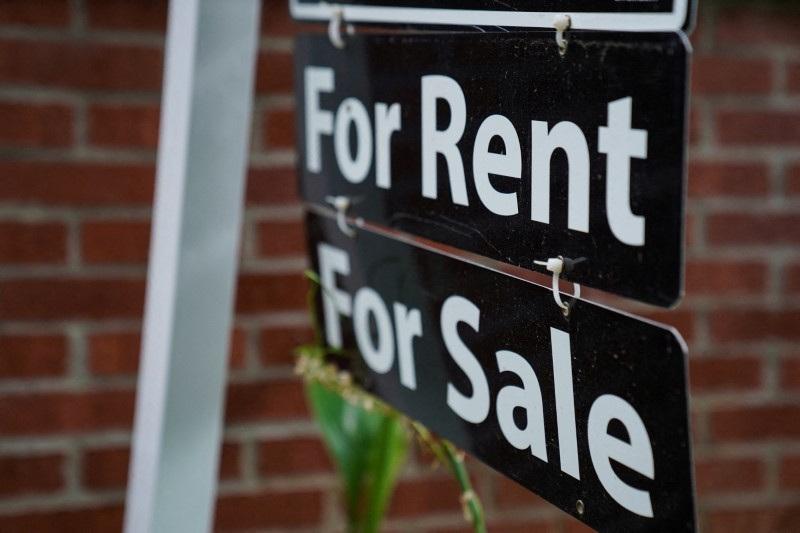The average interest rate on the most popular U.S. home loan fell last week to its lowest level in two months as Treasury market yields, which act as a benchmark for mortgage rates, continued to move lower on the back of cooling inflation and a softening economy.
The average contract rate on a 30-year fixed-rate mortgage declined by 20 basis points to 7.41 percent for the week ended Nov. 17, data from the Mortgage Bankers Association (MBA) showed on Wednesday. It has declined 45 basis points over the past two weeks and is now at its lowest level since late September.





